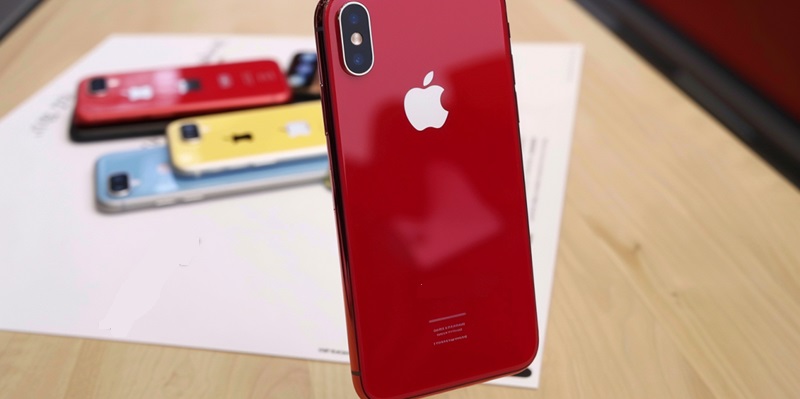The iPhone’s journey from the 6 to the XS is a testament to Apple’s relentless pursuit of advancement. Introduced back in September 2014, the iPhone 6 represented a major design overhaul from its predecessors, with a sleeker profile and a larger, 4.7-inch IPS LCD screen that catered to the trend for bigger displays. Housing an Apple A8 chipset and 1GB of RAM, it was also a significant step up in performance. Storage options reached up to a then-impressive 128GB, while its photographic capabilities comprised an 8-megapixel rear camera paired with a modest 1.2-megapixel front sensor. Although now seen as modest, at the time, these specs were more than sufficient to maintain the iPhone’s reputation as a premium smartphone.
Technological Breakthroughs
Four years later, the release of the iPhone XS marked a profound leap in terms of technology. This newer model came equipped with a 5.8-inch OLED display, showcasing richer colors and deeper blacks. The iPhone XS was powered by the groundbreaking A12 Bionic processor, which promised and delivered faster performance and greater energy efficiency. Doubling the memory, with 4GB of RAM, and offering storage options up to 512GB, the XS was substantially more robust under the hood. Another salient feature was the introduction of advanced facial recognition technology, setting a new standard for security and user convenience.
User Experience and Innovation
The evolution of the iPhone from the 6 to the XS encapsulates Apple’s dedication to progress. Launched in September 2014, the iPhone 6 marked a significant leap in design, sporting a more modern look with a 4.7-inch IPS LCD screen to address the growing demand for bigger displays. It was powered by the Apple A8 chipset and equipped with 1GB of RAM, offering a notable performance boost. It could hold up to 128GB, a noteworthy capacity at the time. The iPhone 6’s camera setup featured an 8-megapixel primary camera and a 1.2-megapixel front camera. These specifications, while now outstripped by newer technology, were ample to help Apple uphold the iPhone’s standing as a leading smartphone during its release. This stretch of the iPhone’s timeline reflects Apple’s unyielding innovation and adaptation to consumer trends in smartphone technology.

